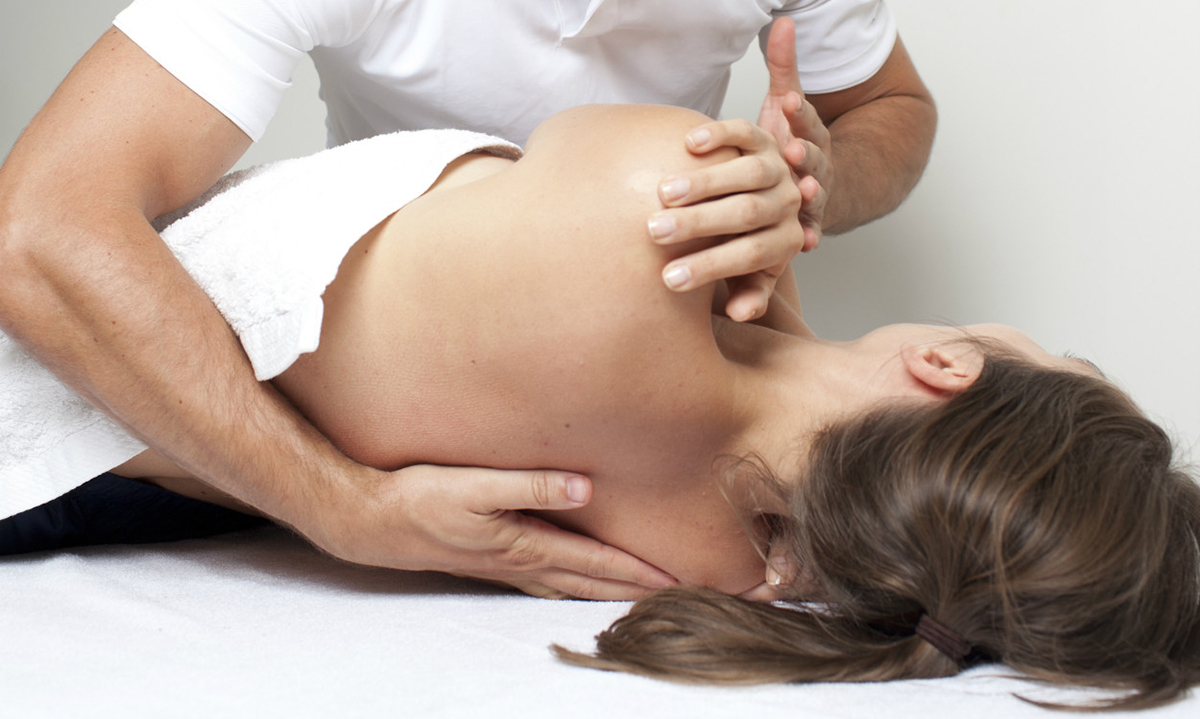Since our Blog is about sports and health, why shouldn’t we speak of athlete’s heart? But is there an “athlete’s heart”? Can we all have an “athlete’s heart”? Cardiologist Dr. Abel Magalhães, a Blog partner, answers:
“Yes, there is an athlete’s heart. The predominantly aerobic physical training, when intense and prolonged, generates cardiac adaptations, both structural and functional. This cardiac remodeling, known as “heart of the athlete,” is an initial adaptation that includes increasing the volume of the ventricular heart chambers and the thickening of the ventricular wall. It is a benign type of cardiac hypertrophy “.
Aerobic exercises can cause heart enlargement and, according to Dr. Magalhães. This situation is benign, and we must not confuse this change with another condition called hypertrophic cardiomyopathy.
But he reassured us that athlete’s heart does not turn into cardiomyopathy, i.e., heart failure.
There are some sports that show the greatest magnitude of changes in the heart. They are: rowing, canoeing, cycling and swimming.
With the interruption of training, the detraining effect on cardiac morphology shows that such changes are reversible.
Thus, if you plan to start practicing some sport, see a cardiologist, and perform at least an electrocardiogram. For those who have been running marathons, or are bodybuilders, or practice other high performance sports, do not be alarmed if the doctor says you have an “athlete’s heart”. Calm down. As well as your body’s muscles, your heart also grows, develops its muscles, and becomes stronger.
When we work out or practice physical activities, our heart is grateful for that.
A kiss in your heart!
If you have any questions, send it to Dr. Abel Magalhães, here on the Blog, and at www.abelmagalhaes.com.br











